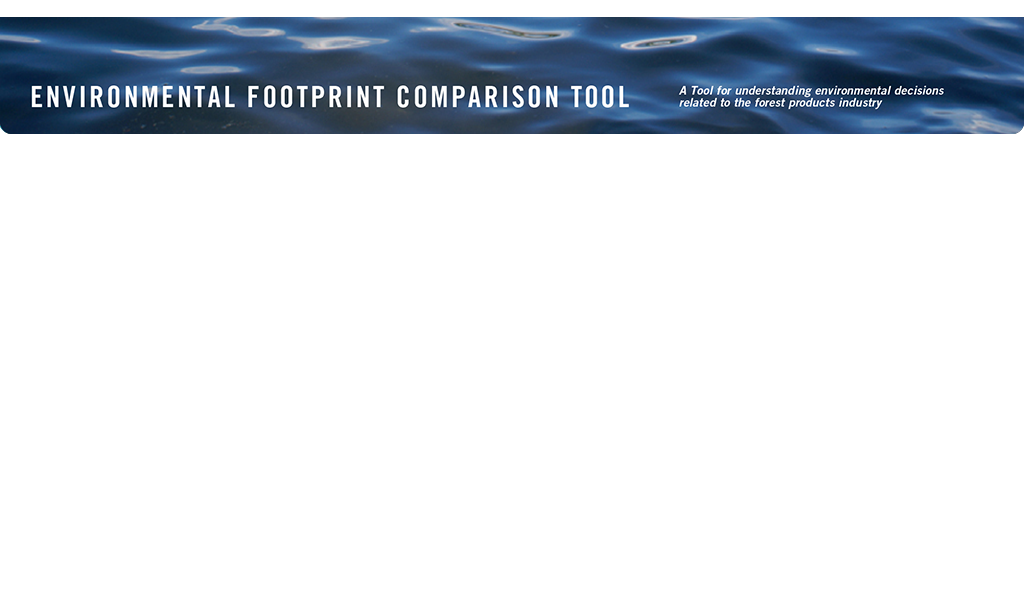
Water is required for various purposes in a pulp or paper mill. Water is used to carry fibers and chemicals, to cool process equipment, for cleaning, and for many other purposes. Water is also necessary for developing the chemical bonds between cellulose fibers that give paper its strength.
In this area of the website, you will learn about what happens to other parameters when you attempt to reduce water use and effluent flows.
For more information, use the grid below. Hover over the bubbles to see possible effects of reduced water use (co-benefits and trade-offs). Click on a column header to go to a page dedicated to that subject. How
should I use this information?
If you are unable to view the video here, you can also find all the videos in this site here.

 Since 1959, there has been a 69% reduction in the average treated effluent flow volume at pulp and paper mills within the U.S.
Since 1959, there has been a 69% reduction in the average treated effluent flow volume at pulp and paper mills within the U.S.
 About 90% of the water used by the industry is returned to the environment.
About 90% of the water used by the industry is returned to the environment.
 As mills reduce water use, energy use is usually also reduced--until effluent flows (water discharged from a mill) are very low.
As mills reduce water use, energy use is usually also reduced--until effluent flows (water discharged from a mill) are very low.
 In general, reduced water usage will increase concentrations of organic material and increase process flow tempera-
In general, reduced water usage will increase concentrations of organic material and increase process flow tempera-
tures; both factors will contribute to increased air emissions.


